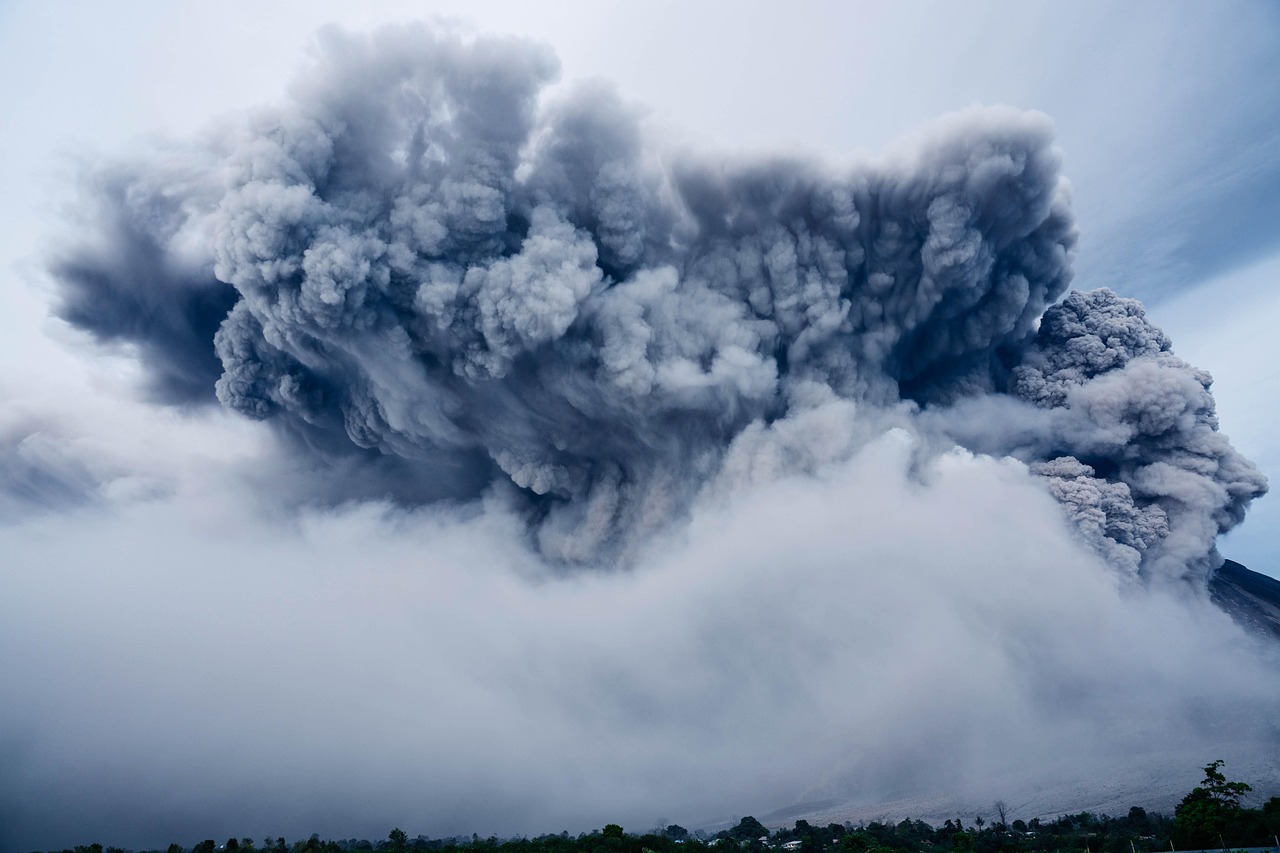Natural Disasters Cost Insurers $80 Billion in Just Six Months
Global insured losses from natural disasters soared to $80 billion in the first half of 2025, according to Swiss Re’s latest estimates. Severe weather events, led by California wildfires and powerful thunderstorms across the U.S., pushed the cost nearly double the 10‑year average—a wake-up call for insurers worldwide.
Total Losses Could Exceed $150 Billion by Year-End
Swiss Re projects total insured catastrophe losses could surpass $150 billion for 2025, noting that historical precedents point to heavier activity in hurricane season, with three to five major storms expected, above the long-term average of three.
The 2024 hurricane season featured Hurricanes Helene, Milton, and Beryl, which delivered significant destruction across the U.S., collectively generating tens of billions in insurance claims.
Wildfires Drive Historic Losses in California
One of the most dramatic contributors was the Palisades Fire in Southern California. The blaze consumed over 23,000 acres, destroyed homes and businesses, and prompted mass evacuations. Swiss Re estimates the financial impact at $40 billion in insured losses—the highest ever recorded for a single wildfire.
Climate Change Fuels Catastrophe Frequency and Severity
Swiss Re emphasized that rising temperatures, extended drought, shifting rainfall, and uncontrolled urban expansion are converging to amplify wildfire risk—particularly in high-value suburban areas. Insurance setbacks have triggered a retreat from many high-risk zones across the U.S., especially in California, leading to widening coverage gaps and financial exposure for residents.
Insurers Respond With Tighter Policies and Higher Rates
In response to mounting losses and climate uncertainty, insurers are tightening underwriting standards, hiking premiums, and reviewing risk models. Many firms have either scaled back or exited entire regions, especially those prone to wildfire, flood, or landslide—exacerbating access issues for homeowners and businesses.
Rising Losses Force Re-Examination of Insurance Models
The steady trend of weather-related losses is pushing insurers to rethink long-standing pricing strategies and risk assessments. As climate volatility accelerates, the industry will likely face pressure to adopt dynamic risk models, restructure reinsurance frameworks, and explore alternative capital sources to maintain solvency.
Implications for Policyholders and Communities
For consumers, the ripple effects are clear: higher insurance costs, reduced availability of coverage, and increased reliance on government disaster programs in underserved areas. Swiss Re’s report underlines the urgent need for innovative risk-sharing solutions and greater investment in climate resilience at local and regional levels.
Global Ripple Effects and Insurance Market Disruptions
While the U.S. accounts for a significant portion of the 2025 insured catastrophe losses, the economic impact is global. Countries in Europe, Asia, and South America have also experienced surges in localized weather events, from flash floods in Germany to heatwaves in India and landslides in Brazil. Each of these events, while smaller in scale compared to U.S. wildfires and hurricanes, contributes to the growing financial burden on global insurers.
For multinational insurance companies, managing risk portfolios across continents has become increasingly difficult. In particular, reinsurers—firms that provide financial backing to primary insurers—are facing the double pressure of rising claims and the need to adjust capital requirements. This has triggered a cascade of premium increases in sectors previously deemed stable, including commercial property insurance and agricultural coverage.
Public Sector Under Pressure: Government’s Role in Climate Risk
As private insurers pull back, governments are being forced to step in. In the U.S., programs like the National Flood Insurance Program (NFIP) are already financially strained, and now states like California and Florida are exploring state-sponsored wildfire insurance pools to cover gaps left by commercial insurers.
Meanwhile, in Europe and parts of Asia, governments are evaluating climate bonds and public-private partnerships to fund infrastructure upgrades and create disaster recovery buffers. These steps are essential, especially for low-income communities that remain underinsured or completely excluded from coverage.
Without robust government intervention and global cooperation, financial vulnerability will deepen for millions already living in climate-exposed areas.
Long-Term Forecast: Climate Adaptation Becomes a Business Imperative
The Swiss Re Institute report is a clear signpost that the insurance industry—and society at large—must make climate adaptation a central focus. Investing in early-warning systems, enforcing stricter building codes, and expanding green infrastructure are critical steps toward reducing both human and economic losses.
For insurers, the future lies in predictive modeling, parametric insurance, and the integration of climate risk scenarios into underwriting decisions. Firms that fail to innovate will face mounting losses, regulatory challenges, and diminishing customer trust.
The 2025 catastrophe loss data should serve as more than a cautionary tale—it’s a call to action for both industry leaders and policymakers.
Final Thoughts: A Crucial Turning Point for Risk Management
With global insured catastrophe losses on track for record levels by year-end, 2025 may mark a pivotal year for climate risk management. Policymakers, insurers, and communities must collaborate to adapt, improve coverage access, and build resilience as extreme weather events become more frequent—and costly.
Reference : Manya Saini







Leave a Reply